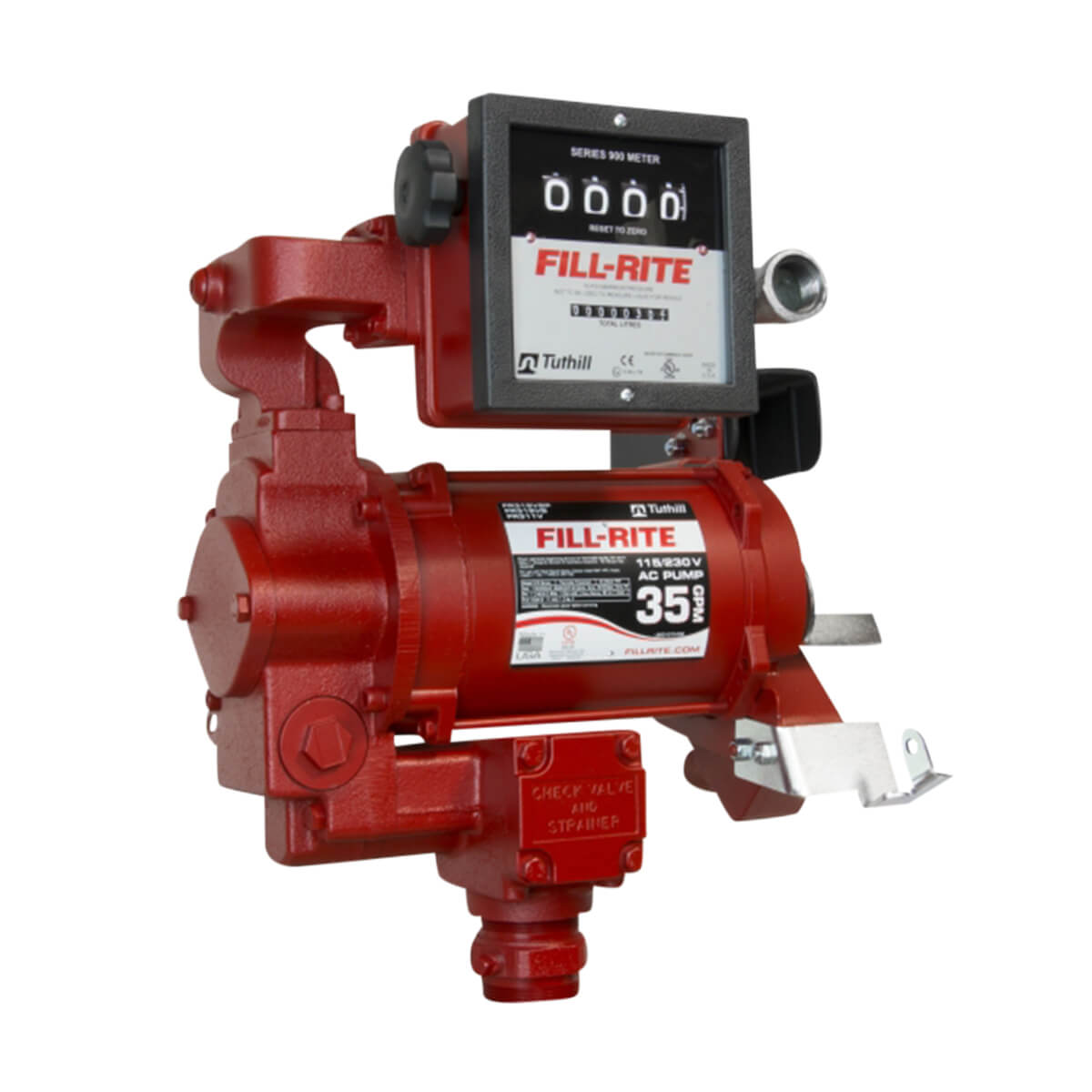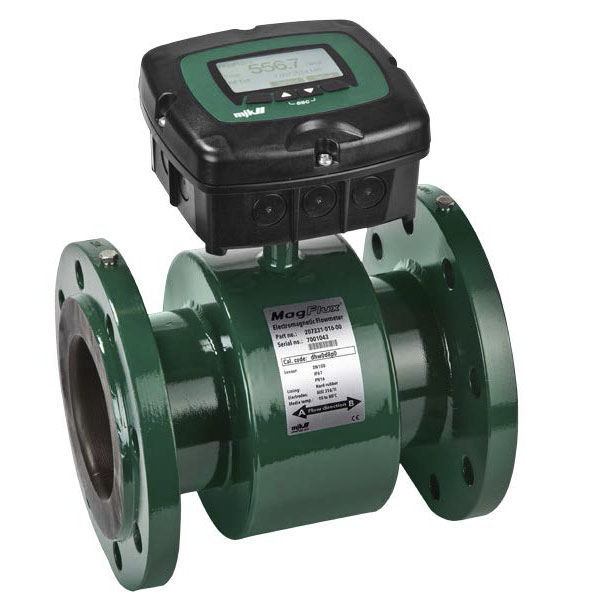

From the flanges (or carrier) containing the orifice plate as shown in Figure 4.3.3.The positioning of the pressure tappings can be varied. Pressure tappings - Small bore pipes (referred to as impulse lines) connect the upstream and downstream pressure tappings of the orifice plate to a Differential Pressure or DP cell.
Opensprinkler flow meter iso#
Clearly, the effect of this must be taken into account when the orifice plate dimensions are determined.Ĭorrect sizing and installation of orifice plates is absolutely essential, and is well documented in the International Standard ISO 5167.Ī few of the most important points from ISO 5167 are discussed below: To prevent this, a drain hole may be drilled in the plate at the bottom of the pipe.

In horizontal lines carrying vapours, water (or condensate) can build up against the upstream face of the orifice. To measure the differential pressure when the fluid is flowing, connections are made from the upstream and downstream pressure tappings, to a secondary device known as a DP (Differential Pressure) cell.įrom the DP cell, the information may be fed to a simple flow indicator, or to a flow computer along with temperature and/or pressure data, which enables the system to compensate for changes in fluid density. This is referred to as the primary element. With an orifice plate flowmeter, the restriction is in the form of a plate which has a hole concentric with the pipeline. Other flowmeters in the differential pressure group include venturis and nozzles. The relationship between the velocity of fluid passing through the orifice is proportional to the square root of the pressure loss across it. Based on the work of Daniel Bernoulli in 1738 (see Module 4.2), In simple terms the pipeline fluid is passed through a restriction, and the pressure differential is measured across that restriction. The orifice plate is one in a group known as head loss devices or differential pressure flowmeters. This Module will review the above flowmeter types, and discuss their characteristics, their advantages and disadvantages, typical applications and typical installations. To ensure accurate and consistent performance from a steam or condensate flowmeter, it is essential that it is correctly matched to the intended application.


 0 kommentar(er)
0 kommentar(er)
